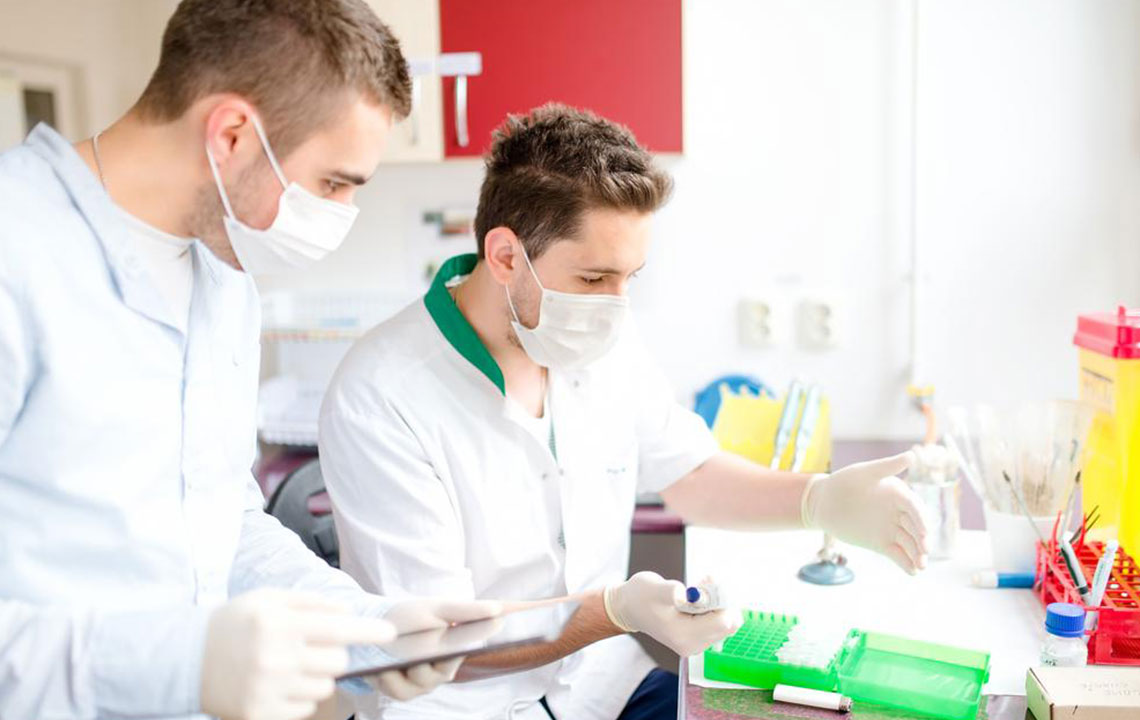Essential Guide to Launching a Successful Phlebotomy Career
Explore essential steps to start a thriving phlebotomy career, including job roles, training requirements, certification options, salary expectations, and employment opportunities in healthcare. Learn how qualified phlebotomists contribute to patient care and medical diagnostics, with insights into career growth and earning potential.

Essential Insights for Building a Career in Phlebotomy
Over recent years, the demand for phlebotomists has surged within the healthcare industry. Opportunities exist across diverse healthcare facilities offering competitive pay and flexible schedules. Whether seeking full-time roles, part-time work, or traveling positions, qualified phlebotomists are in high demand. Before starting this career, it’s important to understand the job duties, typical wages, and necessary qualifications.
What are the responsibilities of a phlebotomist?
A phlebotomist, or blood collection technician, plays a key role in patient care by drawing blood samples for laboratory testing.
These blood samples are sent to labs for analysis, aiding in diagnosis, treatment planning, and medication management. Phlebotomists may also assist during blood drives or transfusions. Their tasks frequently include explaining procedures to patients, monitoring vital signs, labeling samples accurately, and maintaining a sterile environment. Additional duties include:
Updating patient medical records
Managing paperwork
Ordering supplies
Preparing workstations
Job Opportunities for Phlebotomists
Phlebotomists can find employment across various settings such as hospitals, clinics, labs, research institutions, blood banks, nursing homes, community health centers, outpatient facilities, and in private or public organizations.
According to the US Bureau of Labor Statistics, the sector's growth is projected at approximately 10% from 2021 to 2031, with about 19,000 job openings annually during this period.
Average Earnings for Phlebotomists
As per the US Bureau of Labor Statistics, the typical salary in this field is around $38,000. Salaries vary based on location, experience, and certifications. For instance:
Outpatient care facilities – approx. $38,220
Diagnostic laboratories – approx. $38,040
Doctor’s offices – approx. $36,410
Hospitals – approx. $36,980
Other ambulatory health services – approx. $35,360
Generally, positions in hospitals, skilled nursing facilities, and government-run labs tend to pay higher. Traveling phlebotomists can earn from $30,000 up to $47,000, with additional benefits like travel stipends often included. Salary depends on experience and employer policies.
Steps to Become a Phlebotomist
Embarking on a phlebotomy career requires completing an accredited training program. Some states also mandate certification for practice. Here are the key steps:
Applying to a recognized phlebotomy training program, which requires a high school diploma or GED, CPR certification, background check, and immunization records.
Completing approximately one year of coursework and practical training, including at least 40 hours of hands-on experience. This program covers blood collection techniques, safety protocols, labeling, and handling standards.
Obtaining certification, which, while not always required, can boost job prospects. Certifications demonstrate competency and are offered by organizations like NCCT, ASCP, and AMT.
Certification and Licensing
Depending on the state, certification may be mandatory, especially for venipuncture and arterial sampling. Passing certification exams from recognized bodies qualifies individuals for more job opportunities and higher wages.
Ongoing Education and Certification Maintenance
To advance or retain certification, phlebotomists should pursue continuing education to stay updated on the latest practices and maintain licensing as required by their state.
Note:
This article provides general guidance on entering a phlebotomy career. While it offers valuable insights based on current data, readers should verify specific state requirements and certification processes. The information presented is for educational purposes and may vary by location.










